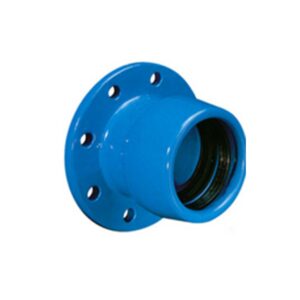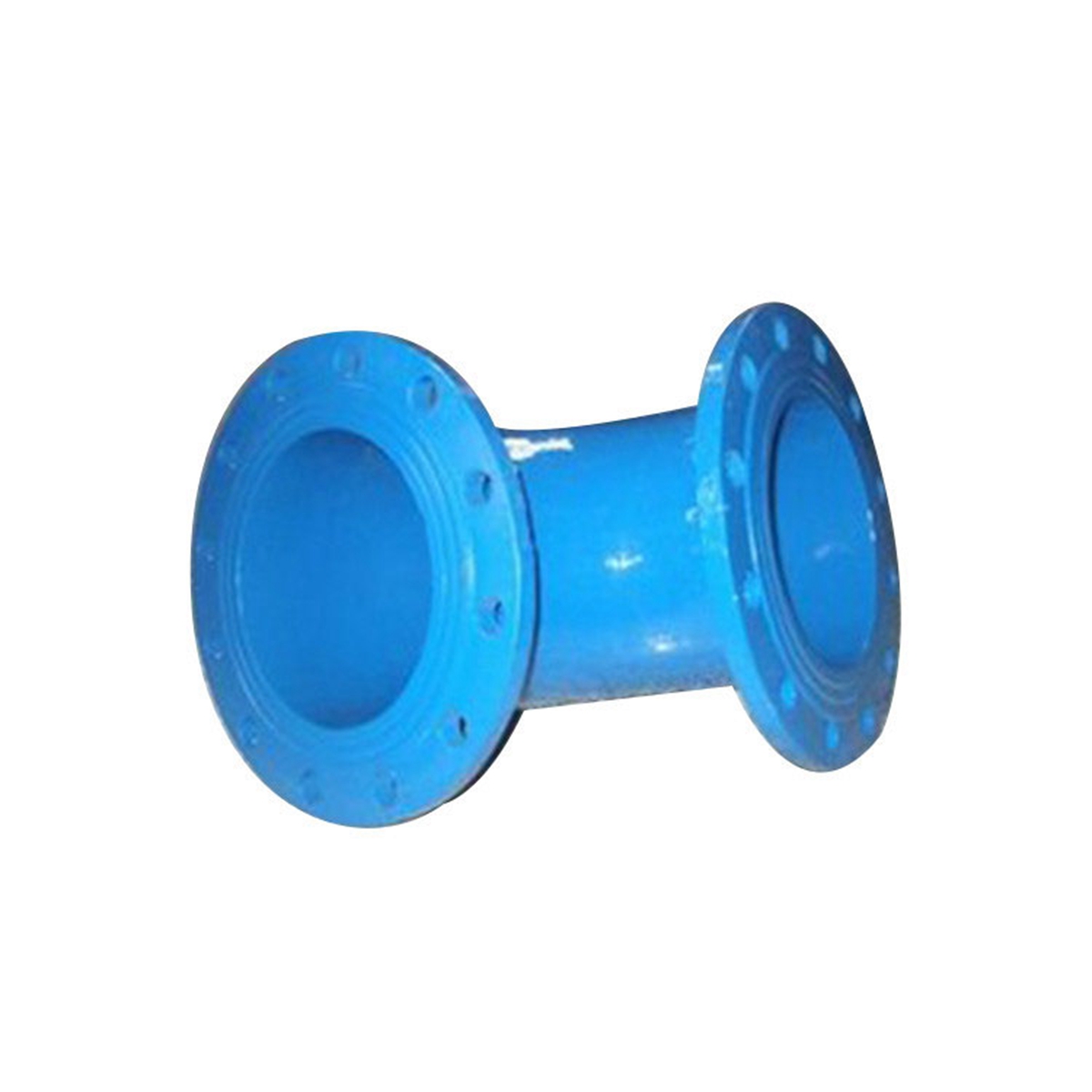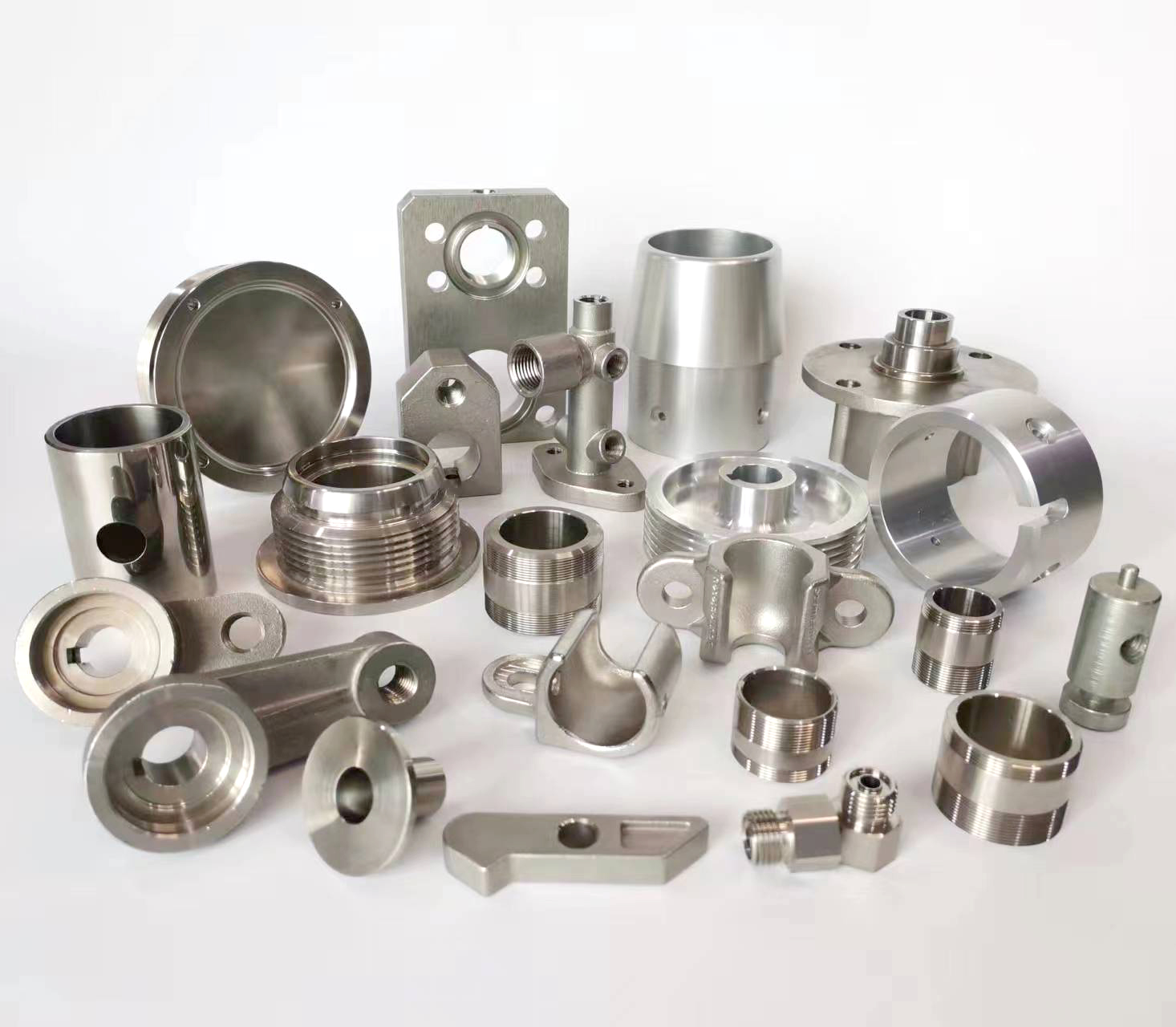Pre-processing
Cleaning
Before powder coating, it is necessary to use alkaline or neutral degreasers to thoroughly clean the aluminum surface to remove grease, dust, or oil stains that may affect adhesion.
Sandblasting
Sandblasting enhances the roughness of aluminum surfaces mechanically, thereby improving the adhesion of powder coatings.
Pickling
Pickling is a chemical process that removes the oxide layer on the aluminum part, activates and slightly corrodes the surface to form a rough microstructure, which improves the bonding between the powder and the aluminum substrate.
Conversion coating treatment
Place the aluminum part into a chemical conversion solution containing chromium, zirconium, or titanium, allowing a non-metallic, porous chemical conversion film to form on its surface.
This not only enhances the adhesion of powder coatings but also provides corrosion protection for the aluminum substrate.
Washing and drying
After being treated with chemical agents, aluminum parts need to be rinsed first with clean water to remove surface residues, and then thoroughly rinsed with deionized water (DI Water) to eliminate water spots and mineral stains.
After washing, dry or blow away the remaining moisture to keep the surface of the workpiece dry.
Spraying
Evenly spray the negatively charged powder onto the positively charged aluminum surface by using a corona or friction spray gun.
The composition and color of the coating powder can be selected based on your design, and the coating thickness should be kept within 60-120 microns.
Baking and curing
The aluminum parts adsorbed with powder are placed in a curing oven and heated to 160℃-200℃, and the heating time is controlled within 10-20 minutes.
During this process, the powder melts, levels out and finally solidifies into a smooth, sturdy solid coating.
Cooling
Remove the aluminum parts from the curing oven and let them cool naturally; this step ensures that the coating is firmly attached to the aluminum parts.
Inspection
After completing all the above steps, the powder-coated aluminum parts need to be inspected to prevent uneven coating surface, bubbles or peeling.






